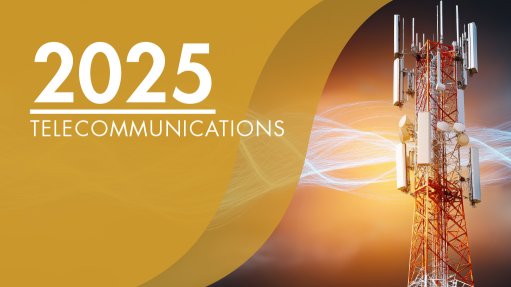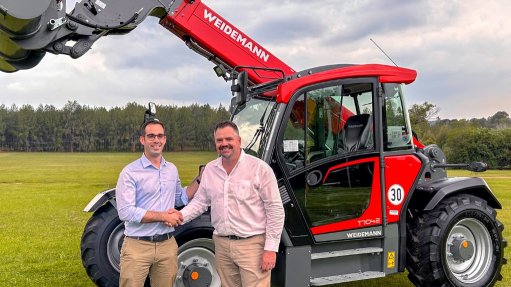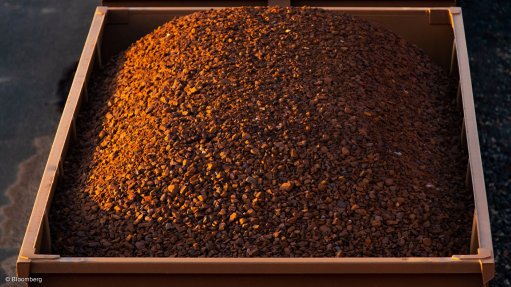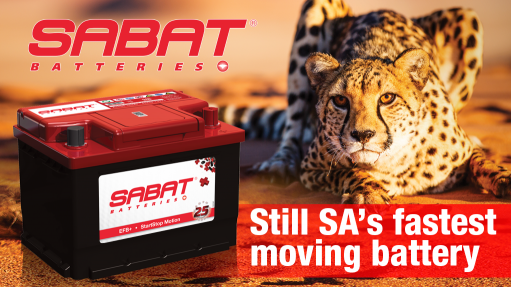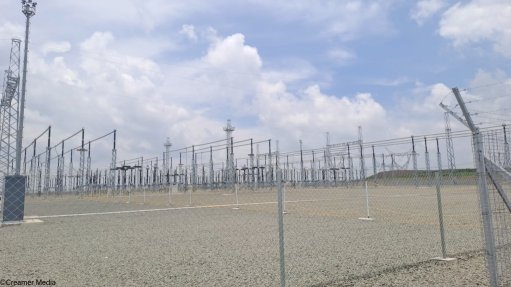Africa’s visual injustice
There is a fallacy many of us have carried since childhood, just like many generations before us, stretching back centuries. It has to do with how Africa is depicted on the maps that hung on classroom walls and those that decorate many of today’s newsrooms, boardrooms and other offices, and appear in scores of books and other publications. Take a look at any map: chances are you would assume Africa is roughly the same size as Greenland. But the mind-blowing reality is that it is 14 times bigger.
Here are more cartographic shockers: Europe, often shown as bigger than South America, is only half its size, while Russia, which appears to dominate the globe, is only half the size of Africa. And yes, while Africa – with an area of 30.37-million square kilometres – appears to be slightly bigger than each of the US, China and India, all of them plus most of Europe can fit into it.
This is all down to what’s known as the Mercator projection, designed for navigation, as it preserves angles and directions on a map. Developed by Flemish geographer and cartographer Gerardus Mercator in 1569, it translates the globe onto a cylinder. But flattening a sphere stretches shapes, especially near the poles, with the farther an area is from the Equator, the bigger it appears on most standard maps.
Because Africa straddles the Equator, its size remains relatively accurate on the Mercator map – the world’s most widely used map – while regions further north and south, such as Europe and South America, are greatly exaggerated.
That the Mercator map is “flawed” is not a new discovery, with several projections having emerged over time to try to fill its gaps, albeit all compromising on one or more aspects.
But is it really a big deal that this map, which has served humanity for centuries, shrinks Africa? There is no shortage of those who would answer in the affirmative, and one of their arguments is that, when a continent is visually minimised, this influences how people perceive its importance, leading to misconceptions about its capacity, population and resources. This, the argument goes, affects everything from educational curricula to policy decisions and resource allocations, with repercussions for economic development and global engagement.
Moreover, Africa’s misrepresentation matters for how issues such as climate change, development aid and international cooperation are prioritised. Expressed differently, it skews perceptions of where challenges and opportunities lie, creating blind spots in global policymaking.
Indeed, two advocacy organisations, Africa Speak Up and Africa No Filter, feel so strongly about this “visual injustice” that they are waging a joint campaign to challenge the Mercator projection, which they deride as an outdated norm, and promote the adoption of alternatives such as the Equal Earth Projection, which they consider to be more accurate and equitable.
At the heart of their campaign is a global petition calling on decision-makers at key organisations such as the UN and the World Bank, the media and educational institutions to represent Africa as it truly is.
Africa Speak Up states on its website: “For too long, Africa has been literally minimised. The widespread use of the Mercator projection . . . is more than a cartographic flaw; it is a visual injustice that reinforces harmful power dynamics, undermines Africa’s global significance and perpetuates colonial legacies.
“When we correct the map, we also correct the perception. We restore the visibility. We reclaim space. And we pave the way for a new era of representation, where Africa is seen as it truly is: vast, vibrant and central to our shared future.”
According to the two organisations, through digital advocacy, grassroots mobilisation and strategic engagement, their campaign is shifting perceptions and championing a more honest, empowering representation of the continent.
As the world becomes more connected, the way we represent it must keep pace. A map that reflects Africa’s true scale may seem like a small adjustment, but it carries outsized significance, as Africa No Filter and Africa Speak Up have eloquently argued.
Article Enquiry
Email Article
Save Article
Feedback
To advertise email advertising@creamermedia.co.za or click here
Comments
Announcements
What's On
Subscribe to improve your user experience...
Option 1 (equivalent of R125 a month):
Receive a weekly copy of Creamer Media's Engineering News & Mining Weekly magazine
(print copy for those in South Africa and e-magazine for those outside of South Africa)
Receive daily email newsletters
Access to full search results
Access archive of magazine back copies
Access to Projects in Progress
Access to ONE Research Report of your choice in PDF format
Option 2 (equivalent of R375 a month):
All benefits from Option 1
PLUS
Access to Creamer Media's Research Channel Africa for ALL Research Reports, in PDF format, on various industrial and mining sectors
including Electricity; Water; Energy Transition; Hydrogen; Roads, Rail and Ports; Coal; Gold; Platinum; Battery Metals; etc.
Already a subscriber?
Forgotten your password?
Receive weekly copy of Creamer Media's Engineering News & Mining Weekly magazine (print copy for those in South Africa and e-magazine for those outside of South Africa)
➕
Recieve daily email newsletters
➕
Access to full search results
➕
Access archive of magazine back copies
➕
Access to Projects in Progress
➕
Access to ONE Research Report of your choice in PDF format
RESEARCH CHANNEL AFRICA
R4500 (equivalent of R375 a month)
SUBSCRIBEAll benefits from Option 1
➕
Access to Creamer Media's Research Channel Africa for ALL Research Reports on various industrial and mining sectors, in PDF format, including on:
Electricity
➕
Water
➕
Energy Transition
➕
Hydrogen
➕
Roads, Rail and Ports
➕
Coal
➕
Gold
➕
Platinum
➕
Battery Metals
➕
etc.
Receive all benefits from Option 1 or Option 2 delivered to numerous people at your company
➕
Multiple User names and Passwords for simultaneous log-ins
➕
Intranet integration access to all in your organisation




